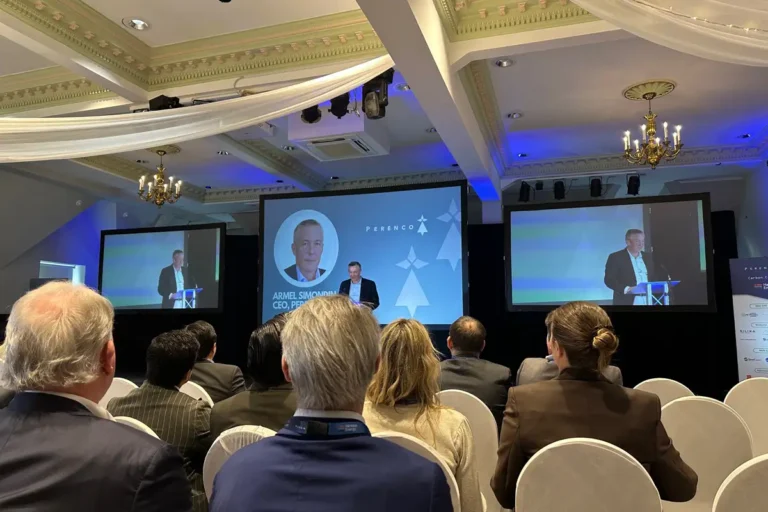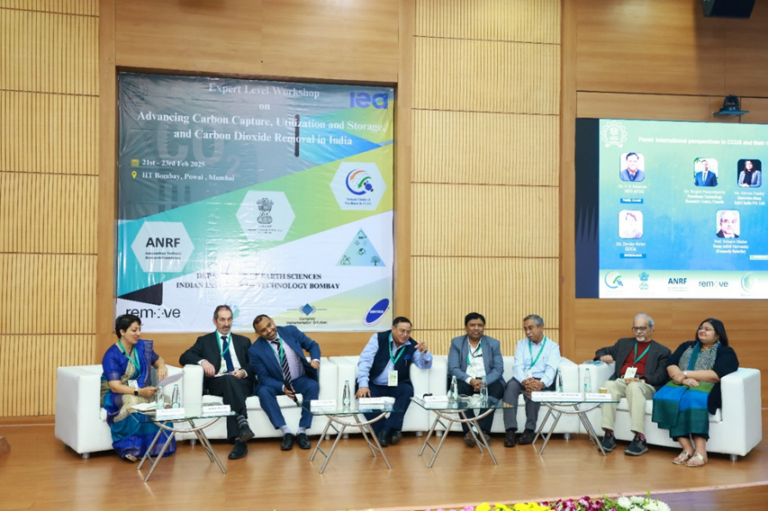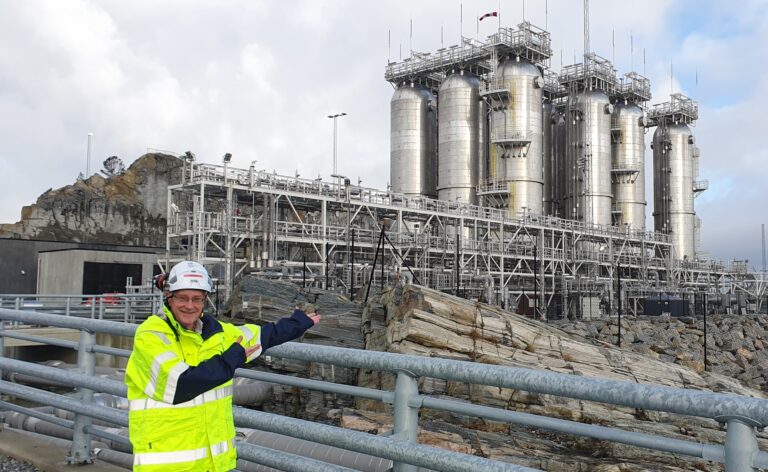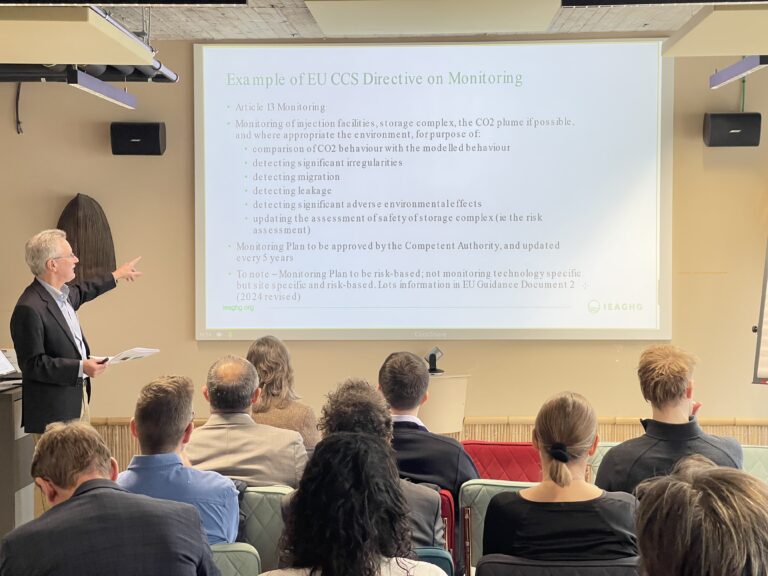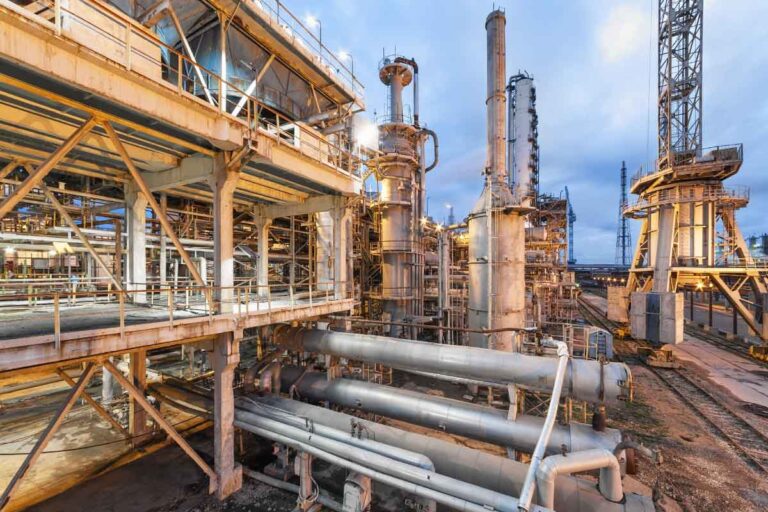
Fault Workshop – University of Calgary, Friday 23rd August, 2019
27 August 2019

Faults are naturally occurring structures within the subsurface where there has been dislocation between adjacent rock formations.They can be a few metres to several kilometres in length and can have fracture zones of variable width.Evidence from the petroleum industry shows that they can act as seals or conduits for fluid flow.These structures can present challenges for the development of storage sites where permanent long-term retention of CO2 is paramount.IEAGHG in conjunction with the University of Calgary organised a one-day workshop immediately after the two-day network meeting with the objective of discussing the significance of faults and progress with a series of controlled release experiments associated with faults.The gathering brought representatives from the petroleum industry, academia and research institutes into a unified forum.Topics included a review of fault architecture, experimental fluid injection research, geomechanics and modelling.Many of the controlled release projects are still in development and site characterisation stages but offer interesting prospects in terms of fluid migration behaviour in faults and associated fracture zones.It is also clear from the meeting that good site characterisation of faults, and pressure management, can be used to control fluid migration.With ongoing research there is plenty of scope for further discussion and evaluation of faults at network meetings or further workshops.
Other articles you might be interested in
Get the latest CCS news and insights
Get essential news and updates from the CCS sector and the IEAGHG by email.
Can’t find what you are looking for?
Whatever you would like to know, our dedicated team of experts is here to help you. Just drop us an email and we will get back to you as soon as we can.
Contact Us NowOther articles you might be interested in
Get the latest CCS news and insights
Get essential news and updates from the CCS sector and the IEAGHG by email.
Can't find what you are looking for?
Whatever you would like to know, our dedicated team of experts is here to help you. Just drop us an email and we will get back to you as soon as we can.
Contact Us Now


